Study source and population
We used data from the Berlin Initiative Study (BIS), a population-based cohort study that was initiated in 2009 to prospectively assess chronic kidney disease (CKD) among 2,069 community-dwelling older adults. Inclusion…
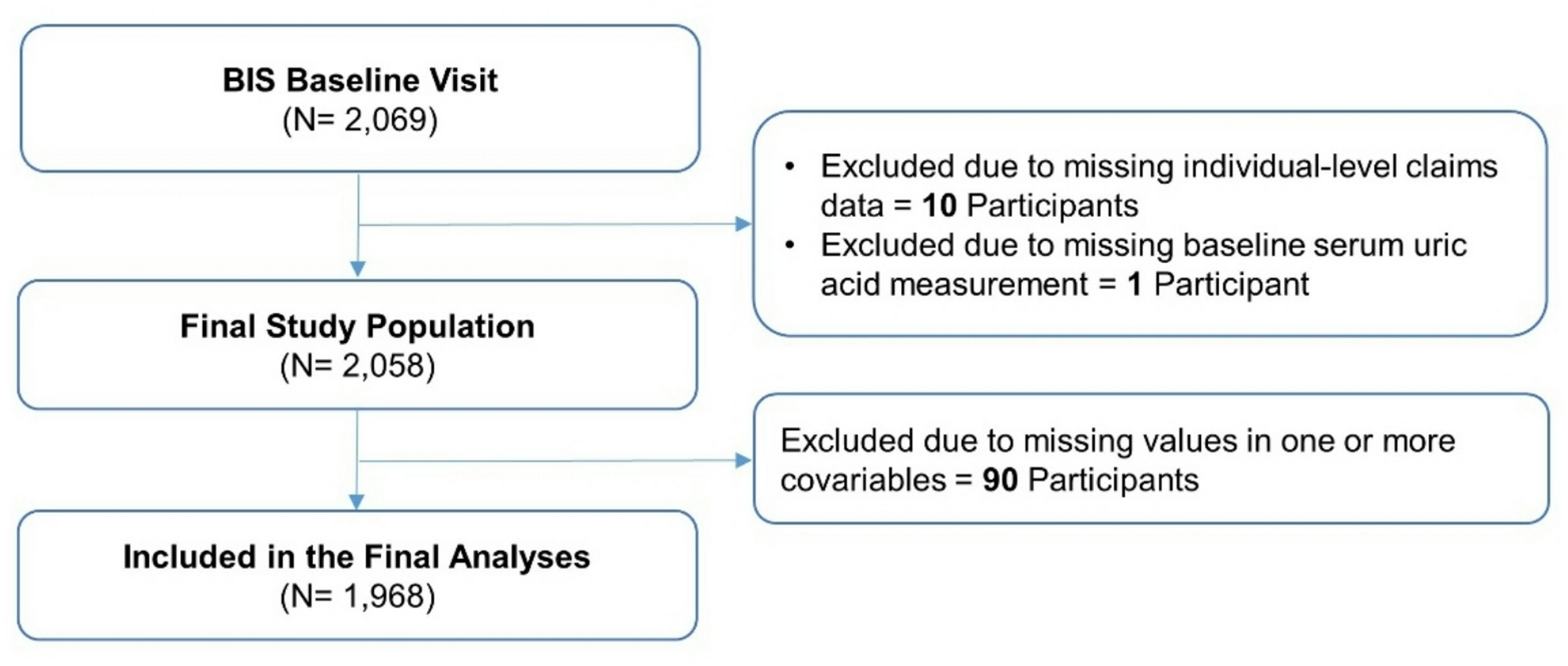
We used data from the Berlin Initiative Study (BIS), a population-based cohort study that was initiated in 2009 to prospectively assess chronic kidney disease (CKD) among 2,069 community-dwelling older adults. Inclusion…
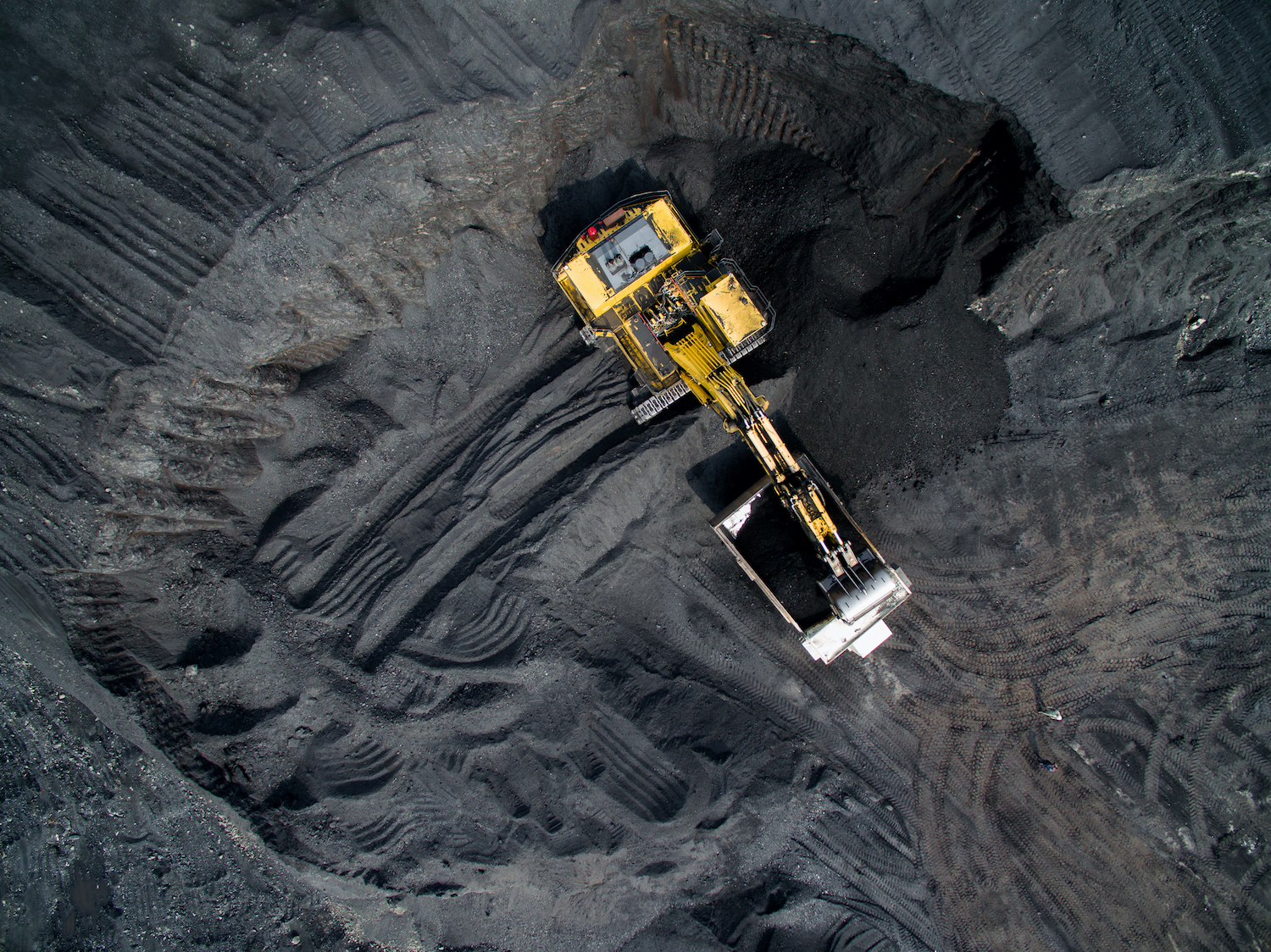
India’s push to build more blast furnaces to meet its growing demand for steel raises a critical concern: It will result in increased imports of metallurgical coal. Industry leaders highlighted the risks of such import reliance at the Indian Steel Association’s Coking Coal Summit in September.
India is currently dependent on imports for around 90% of its metallurgical coal needs, and in the first eight months of 2025, nearly half of it came from a single country—Australia.
Statements from Australian coal miners have indicated that the energy security risks for India are on the rise.
Australia is by far the world’s biggest exporter of metallurgical coal—which includes coking coal and pulverised coal injection, both used in blast furnaces—with most of its production based in Queensland. However, data analytics firm Wood Mackenzie, warns that Australia requires over 100 million tonnes per annum of new hard coking coal (HCC) mine capacity by 2050 to avoid a supply shortfall.
A factor threatening to worsen this shortfall is Queensland’s contentious progressive royalty regime, introduced in 2022, under which royalty rates increase with the price of coal.
In recent weeks, major Australian met coal miners reported their financial results, taking the opportunity to highlight how Queensland’s royalty rates are deterring investment in new mine capacity.
Long-term met coal investment in doubt
Two of Australia’s key suppliers to India—BHP and Whitehaven Coal—have been vocal in their criticism of Queensland’s royalty regime.
BHP, the world’s largest mining company and Australia’s leading met coal exporter through its BHP-Mitsubishi Alliance (BMA) joint venture, is a critical supplier to Indian steelmakers. A previous company statement disclosed that 40% of the company’s met coal exports go to India.
On the royalty regime, BHP has made its position clear. In its latest company statement, CEO Mike Henry said BHP will “not invest any growth capital in Queensland, both for cost and risk”, adding that the royalty hike means the state is “no longer investible” for long-term projects.
In its most recent Economic and Commodity Outlook, the company reinforced this position, noting that “new seaborne supply will increasingly be challenged as Queensland’s royalty and approvals environment remain unconducive to long-life capital investment”.
Paul Flynn, Whitehaven’s CEO, has voiced similar concerns, emphasising that Queensland’s royalty regime is already diverting capital into New South Wales (NSW). However, with production in NSW dominated by thermal coal, this shift risks restricting future investment in met coal capacity—a concern for India.
Another met coal producer in Australia, Peabody, also hit out at the royalty regime. In late August, its chief financial officer Mark Spurbeck said, “With some steelmaking coal producers in Queensland struggling and even failing at current prices, the royalty structure is out of touch with industry fundamentals.”
Meanwhile, the Queensland government has ruled out changes to the coal royalty scheme.
Solutions for India—beyond Australian coal
According to S&P Global, India received 54.5 Mt of coking coal in the January-August 2025 period. Of this, Australia supplied 26.4 Mt (49%), while Russia supplied 13.3 Mt (24%), the US 6.7 Mt (12%), and Mozambique 4.2 Mt (8%).
Aware of the mounting energy security risks, India is exploring new routes to diversify its coking coal supply. Since 2020, Russian coking imports to India have surged from 4 Mt (around 7%) to 16 Mt (22%) in 2024—a four-fold increase in as many years. Over the same period, Australia’s share of imports fell by 40%, while other countries, such as the US, Mozambique, and South Africa, strengthened their presence in the Indian market. And though India is broadening its supply base, obstacles remain. For instance, new trade routes are not always viable. Take the case of JSW Steel, which had to recently pause its plans to source coking coal from Mongolia due to logistical hurdles.
To manage supply risks, India’s steelmakers are investing in overseas mines while also scaling domestic production under the government’s Mission Coking Coal. The government initiative has led to an increase in production from 44.79 Mt in FY21 to 66.47 Mt in FY25, with an aim of 140 Mt by 2030. However, very little of the current domestic production meets industrial specifications, notes a new report by EY Parthenon and the Indian Steel Association. As a result, overall these steps will help reduce dependence on Australia but not eliminate it completely.
In the long run, India must cut its reliance on coking coal and consider alternative technology routes. The government is already developing a scheme to incentivise secondary steel producers to recycle scrap steel in electric arc furnaces (EAF), which can reduce reliance on met coal. Further, India can invest in green hydrogen-based direct reduced iron (H₂-DRI) in the longer-term.
The future use of domestically produced green hydrogen has the potential to be a major energy security windfall for India’s fast-growing steel sector.
This article was first published in The Hindu Business Line.
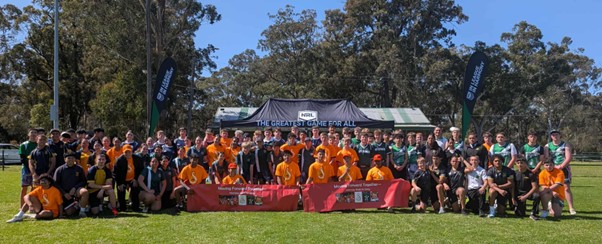
Scattered around the relaxing fields of Appin Park on Sydney’s urban fringes, six high schools from NSW have come together to complete their spring course in the National Rugby League’s (NRL) In League in Harmony…
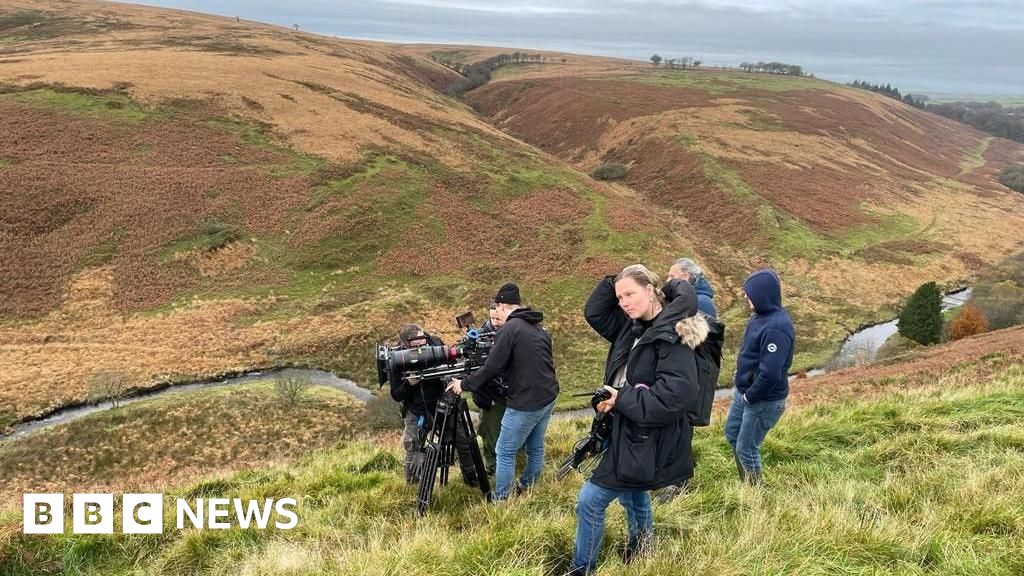
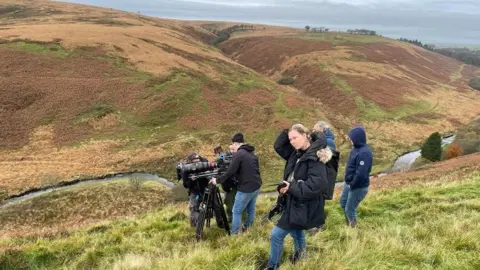 Bulldog Film Distribution
Bulldog Film DistributionFilms and television productions, including The Salt Path and 28 Years Later, have helped boost Somerset’s economy with millions of pounds worth of investment.
Continue Reading
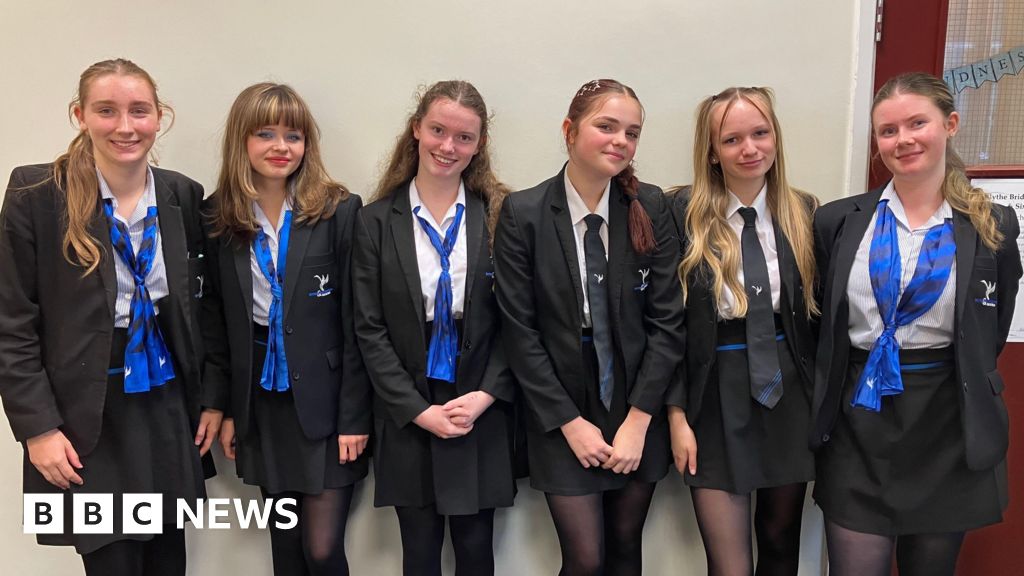
Ethan Saundersin Blythe Bridge
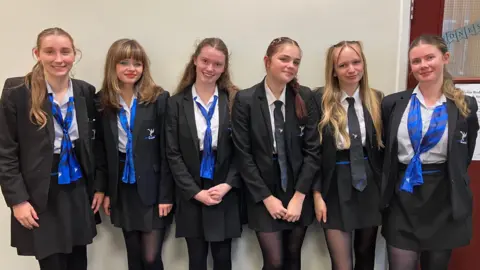 BBC
BBCA group of students are having an app developed to help break down the barriers around mental health for young people.
It comes after the teenagers, from Blythe Bridge High School in the Staffordshire Moorlands, won a competition put on by suicide prevention charity the Oli Leigh Trust.
Their app, Mindful Mondays, hopes to break down the barriers that young people face around their mental health.
Sophie Hodgkinson, who is 15 and one of the female students behind the idea, said: “A lot of people struggle with it silently and don’t feel like it’s ok to talk about it. There’s a lot of negative stigma around it.”
Tilly Hyatt, also in the team of six, felt it was better the idea came from young people as adults might not fully understand the pressures facing teenagers.
She said: “We know what causes the stress and how to help it.”
The app hopes to offer a safe space for students to talk anonymously about their mental health, while also giving them challenges to help improve it.
“It will build towards having the positive foundation, so people can be happier, focus better in school and help in small increments to have better mental health in the future,” said Anneliese Costain, another member of the team.

Kristopher Knight teaches science at the school and feels issues with mental health are one of the biggest problems facing schools.
He said: “We are seeing students not attending lessons and a lot of this is about a lack of provisions in and out of schools, because of external factors such as funding.”
“We are not professionals [when it comes to mental health], we are there to support students but our main priority is being in the classroom to teach them,” he added.
Asked about what he thought of the idea the girls had come up, with Mr Knight said he was proud of what they had achieved.
“Any support we can throw out to our students, and any small things they can do themselves or talk to parents about can only be a positive thing,” he added.
“I couldn’t think of anything better to champion than young people’s mental health.”

Pamela BilalovaNorth East and Cumbria
 Google
GoogleA former library will be turned into a community gym aiming to boost people’s mental health.
The empty building, on High Street in Stanley, County Durham,…

Lynette HorsburghNorth West
 Paul Sudbury
Paul SudburyA group of friends who spent their childhoods in the 1970s making mini-movies reunited to complete one of them 47 years later.
Paul…

Jamie CoulsonYorkshire health correspondent
 BBC
BBCA Grand National-winning jockey has spoken about the importance of keeping a sense of hope, after a horrific fall left him…

The Financial Services Regulatory Authority (FSRA) of Abu Dhabi Global Market (ADGM) has released Consultation Paper No. 10 of 2025, introducing a dedicated regulatory framework for the staking of virtual assets. This proposal marks a significant evolution in ADGM’s approach, transitioning from initial recognition of staking to the establishment of a formal regulatory perimeter around such activities. By focusing on staking, the FSRA aims to enhance ADGM’s position as a forward-looking jurisdiction for digital asset innovation, while ensuring robust oversight of emerging virtual asset functions.
In December 2024, the FSRA signalled its intent to regulate staking by raising key questions around the associated risks in its consultation papers. These initial papers concentrated on foundational issues, such as defining operational models for staking businesses. However, they did not address broader regulatory considerations; specifically, the principles that trigger oversight and the obligations placed on authorised persons conducting staking activities.
Consultation Paper No. 10 of 2025 seeks to close these gaps by proposing a set of regulatory triggers and requirements for entities that stake virtual assets on behalf of their clients.
Under the proposals, regulatory oversight is triggered when staking activities involve accepted virtual assets within the scope of regulated operations. Authorised Persons who hold or control virtual assets for the purpose of staking are required to obtain a Financial Services Permission for either custody or managing assets. Virtual Asset Custodians may only stake client assets upon receiving explicit instructions from the client. If such custodians intend to exercise discretion in staking decisions, they must secure a Financial Services Permission for managing assets. Conversely, Virtual Asset Managers are permitted to stake client virtual assets on a discretionary basis, provided they are responsible for selecting appropriate staking opportunities and ancillary service providers.
The proposed framework draws clear boundaries around what falls outside the scope of regulatory oversight. Solo staking remains unregulated, as participants act solely on their own account without any form of intermediation. Service providers that deliver technical infrastructure to support staking are also excluded, provided they do not hold or control virtual assets. Additionally, the regime does not extend to other yield-generating activities such as liquidity mining, yield farming, or the issuance of liquid staking tokens which are also typically referred to as staking. Its focus is strictly limited to arrangements involving participation in blockchain validation under a proof-of-stake consensus mechanism.
The proposal also sets out a series of regulatory obligations for authorised persons engaging in staking activities involving client virtual assets. These entities must:
This paper signals a turning point in how staking is treated under regulatory frameworks. It’s a prime opportunity for firms to align early with supervisory expectations and shape compliant, scalable staking models before the market matures.
It is imperative that clients closely review the supporting guidance to be issued by the FSRA on implementation of this proposal, as it will clarify critical nuances in regulatory oversight. In particular, forthcoming guidance on staking-specific disclosures will be essential for ensuring compliance and shaping operational responses. Understanding these details will help entities navigate the framework in the future.
At present, clients should begin by evaluating whether they meet any of the regulatory thresholds outlined in the framework. From a commercial standpoint, firms engaged in or planning to engage in these activities will find new opportunities emerging. However, a clear understanding of their eventual obligations to the FSRA will be essential to ensure full compliance and avoid regulatory pitfalls.
ADGM’s updated regulatory framework signals a broader shift toward functional regulation; focusing on what digital assets do, rather than simply what they are. With the inclusion of specific staking activities under its oversight, the FSRA is reinforcing ADGM’s position as a forward-looking jurisdiction committed to shaping the future of the digital asset ecosystem.
Our team is advising clients across sectors on regulatory compliance, infrastructure, and risks. If you would like to discuss how these proposed reforms could affect your business or how to turn regulatory change into competitive edge please get in touch with Tom Bicknell or Barkha Doshi.